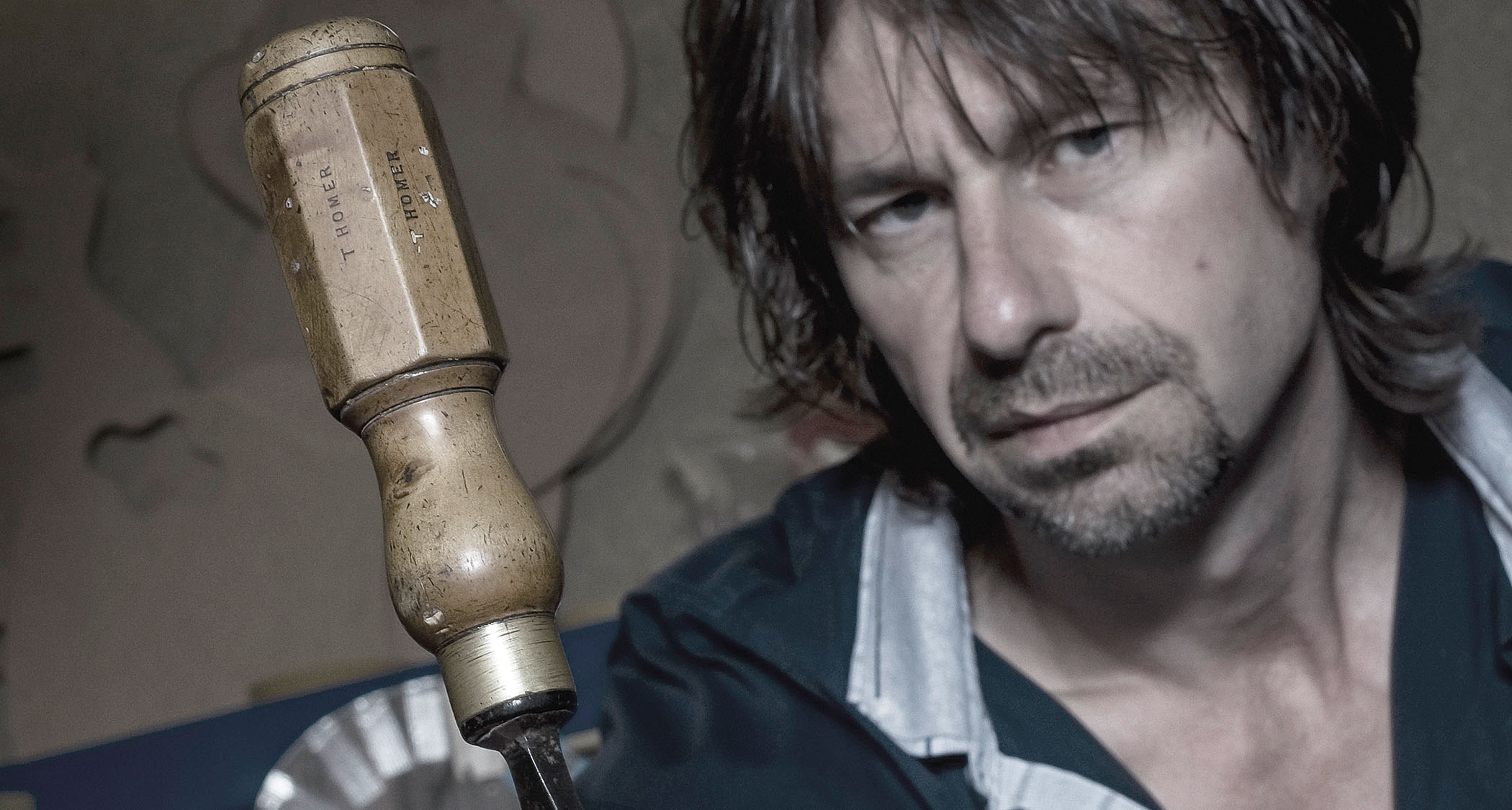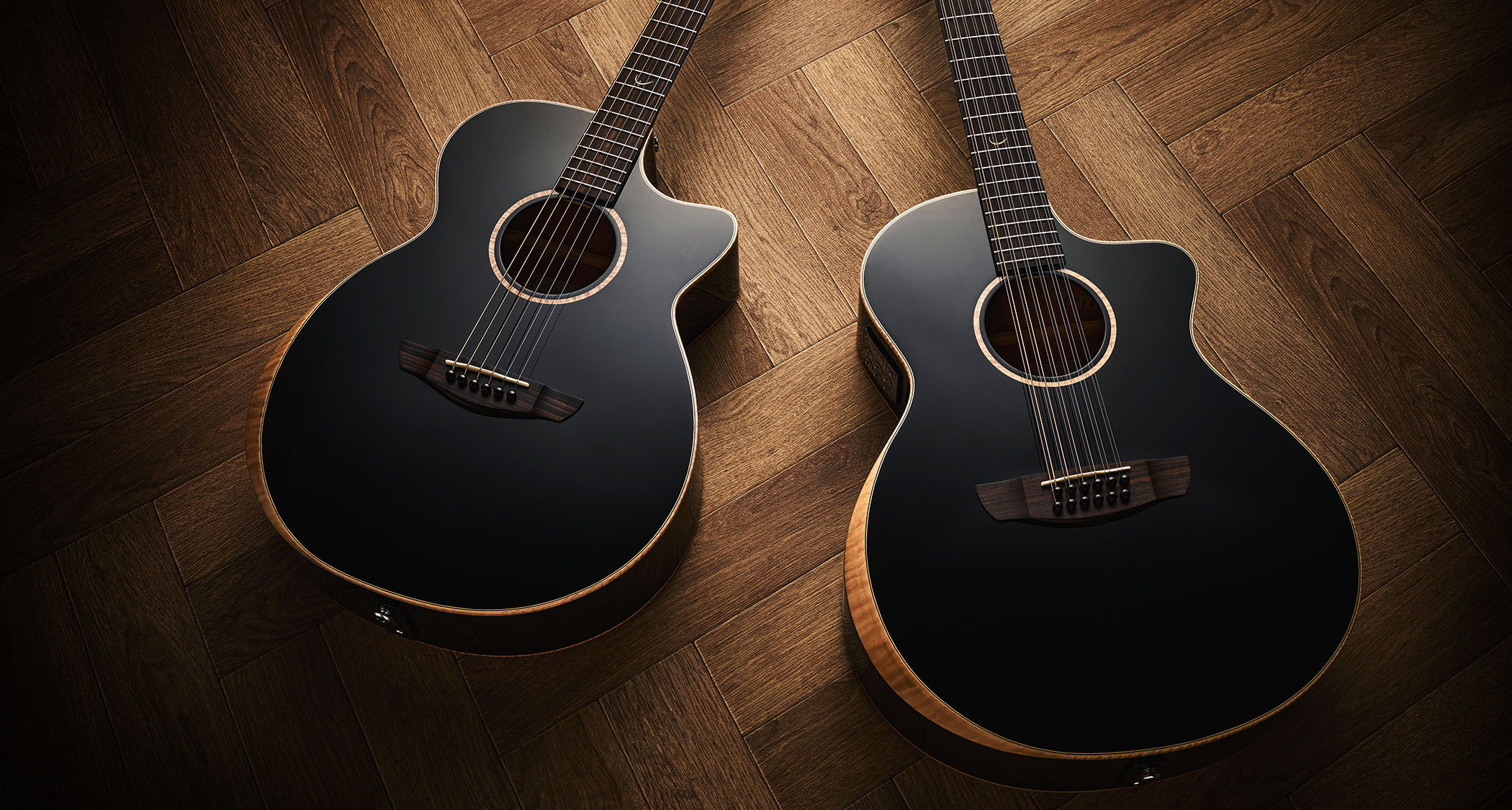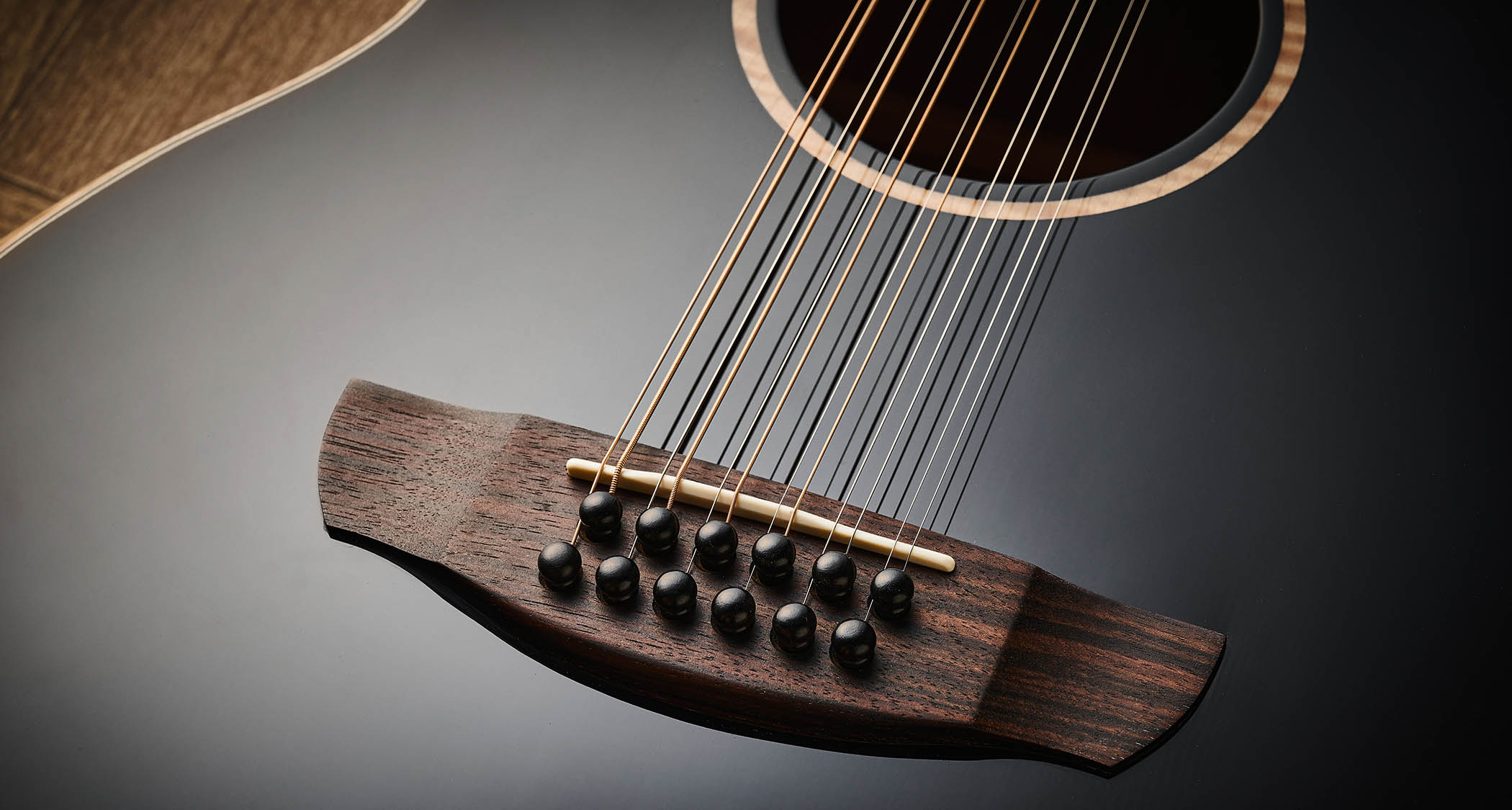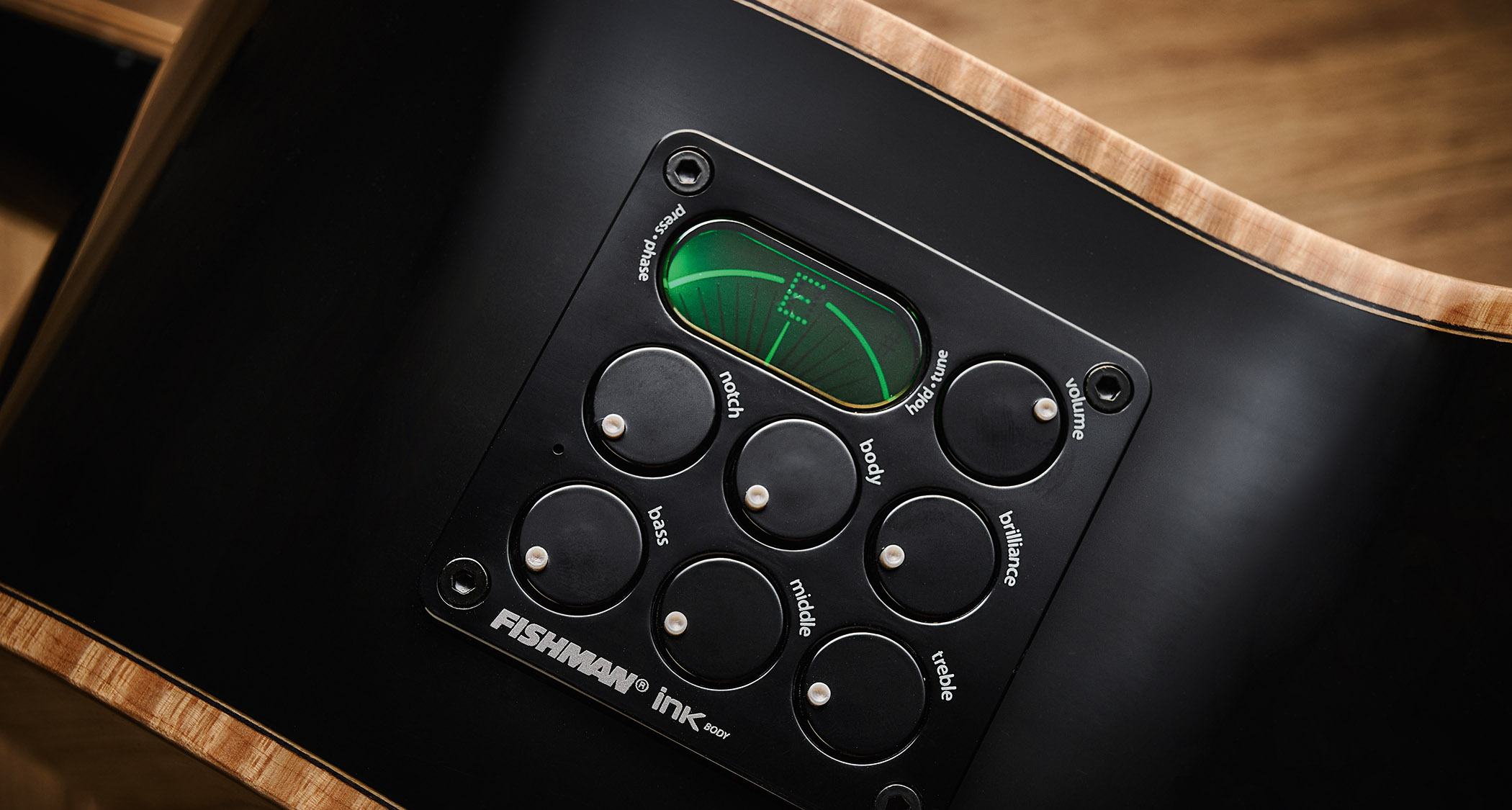
In the UK, Faith acoustics are everywhere. The chances are if you see a busker in town, an acoustic player at an open mic, or an artist in concert at a local theatre, they will have a Faith in hand.
And for good reason. Faith’s brief has always been to provide a quality, all-solid wood, acoustic guitar at a reasonable price point, with good looks and great tone as a given.
But the acoustic world doesn’t stay still for long, and Faith’s stage-ready Eclipse models have just undergone a serious upgrade to make them better than ever. Faith’s Patrick James Eggle tells us more.
Can you explain more about the origins of the Faith Eclipse series?
“The Eclipse was one of the earliest models and it was originally conceived as a stage guitar. A workhorse instrument to look good under stage lighting while staying within the remit of Faith, which is not to embellish them too much with expensive inlays and what have you. [The idea was to] have a fundamentally well-built instrument using the right tonewoods and proper construction.”
Apart from the more obvious upgrades such as the forearm bevel, you’ve upgraded the pickups as well.
“Yes, we chose the Fishman Ink body preamp system, which marries an undersaddle piezo pickup with a magnetic body sensor under the bridge plate. We did some tests and I listened to a few.
“Don’t ask me to go too deep into the technical side because it’s generally not where I do my thing, but it seems to add an overall richness to the amplified tone.”
Have there been any structural changes under the hood?
“No, the bracing remains the same and all the fundamentals are [pretty much] unchanged. We’ve basically replaced the abalone rosette and the 12th-fret inlay with maple instead. So it looks kind of visually striking and goes with the forearm bevel.
“But it also means they’re entirely free from animal products; hopefully that will be a bonus and a good thing.”

Looking at the Neptune, it’s not a large-bodied instrument like a lot of 12-string guitars tend to be.
“I don’t think you necessarily need a whopping great big body. Obviously, the larger the body, the more bass you add and arguably a bit more volume. But a smaller body is a more mid-focused sound.
“I think the main thing I’ve found over the years with 12-strings is just getting the balance right with the neck, you know? Getting the string spacing right and all that so you can play the six courses of strings with relative comfort and ease – because it doesn’t come naturally to everyone.

“For years, the only 12-string acoustics I got my hands on, the necks always pulled off after a bit. I earned a lot of money replacing them! I just remember them being extremely cumbersome and uncomfortable to play. So the challenge is just to get the actual balance right so it physically works yet is quite ergonomic.”
Are there any changes to the bracing pattern for the 12-string?
“It hasn’t got extra reinforcement in it. I think that the X-bracing is slightly less scalloped, and I think the cross braces behind the bridge are larger as well. So you might describe that as extra reinforcement, but I don’t think there are any extra braces in there.”

Where acoustics are concerned, there are two schools of thought on how the neck should be attached to the body: dovetail or bolt-on. You’re an advocate of the latter for the Faiths aren’t you?
“Yes, bolt-on neck, glued-down fretboard. And that was part of the original redesign of Faith, probably 19 years ago now.
“A few years before that, I had worked doing guitar restoration and repairs and I’ve reset a lot of necks – acoustic guitars with dovetail necks. You steam them out and you find that a lot of the dovetail joint is full of wooden shims and glue and air. It looks tight and perfect from the outside, which is great…

“But, actually, when you steam it off, you realise that isn’t the full picture, and I don’t believe that can give you a good transmission of sound or is good for the instrument. If a dovetail joint is a good dovetail joint, then fantastic; I don’t have a problem with it at all.
“But I think it’s easier to get a tight, good join [with a bolt-on] than it is with a dovetail. I’m not saying dovetails are worse; I think they’re fantastic when they’re done properly.
“The other thing was that, at the time, we were using a satin-finished neck and a gloss body. So you can finish the neck and the body separately; you can fit them first to 90 per cent of their fit, and then spray them separately, polish the body, satin-finish the neck, and then do the final fitting right at the end, so you get a nice, clean join. I’ve never seen a reason to change it.”
What about the future for Faith? Is there anything on the horizon that you can share with us?
“Nothing I can tell you about at the moment. But you’ll be the first to know when there is!”
- You can find out more about the current range over at Faith Guitars.
- This article first appeared in Guitarist. Subscribe and save.







